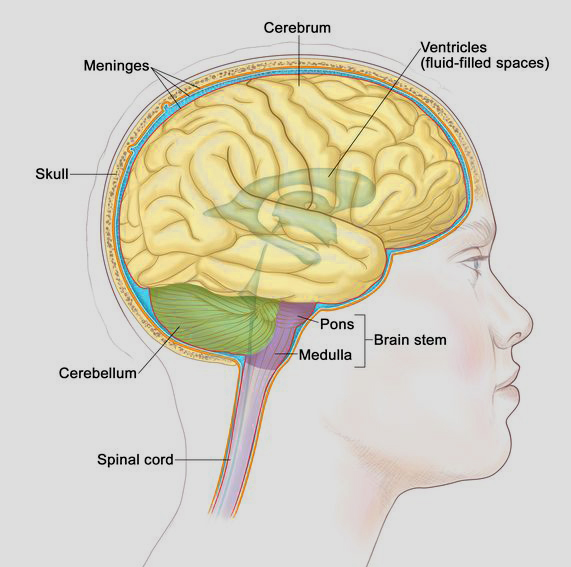A brainstem glioma is a malignant tumor of the glial tissue of the nervous system, more specifically the brainstem.
Brainstem gliomas are typically astrocytoma or a cancer that affects the brain or spinal cord. They can range in size and severity, but all of gliomas require immediate medical attention as they can quickly grow and spread.
Additionally, the brainstem controls many critical involuntary functions like breathing, swallowing, and heart rate.
Any disease like a glioma that impacts the brainstem must be treated with the utmost care and precision.
Gliomas can impact many areas of the brain such as midbrain and medulla; however, gliomas on the pons tend to be the most difficult as they grow the most rapidly.
The symptoms of gliomas include “abnormalities in eye movement, weakness in one side of the face, numbness or weakness of the limbs, difficulty with balance, headaches, slurred speech and nausea.”
These symptoms can develop over the course of days or weeks. Fortunately, gliomas are relatively rare.
Gliomas more commonly affect children than adults and gliomas account for 11% of all primary brain tumors.
Some genetic conditions may place some people at a higher risk for gliomas. For instance, those patients who have neurofibromatosis type 1 (NF1) may be more likely to develop a glioma.
Generally, there are two types of gliomas:
- Focal brainstem gliomas: “these tumors are slower to grow and often stay restricted to one area of the brain such as midbrain and medulla. These are typically easier to treat.”
- Diffuse intrinsic pontine gliomas (DIPG): “these tumors are extremely aggressive and tend to grow at an extreme rapid rate. They usually originate in the pons and quickly spread throughout the brain and brainstem.”
Treatment options for gliomas is dependent on the type, location and severity. Surgery is often curative.
Once the glioma is removed, radiation therapy or chemotherapy is usually recommended to fight the remaining cancerous cells.










